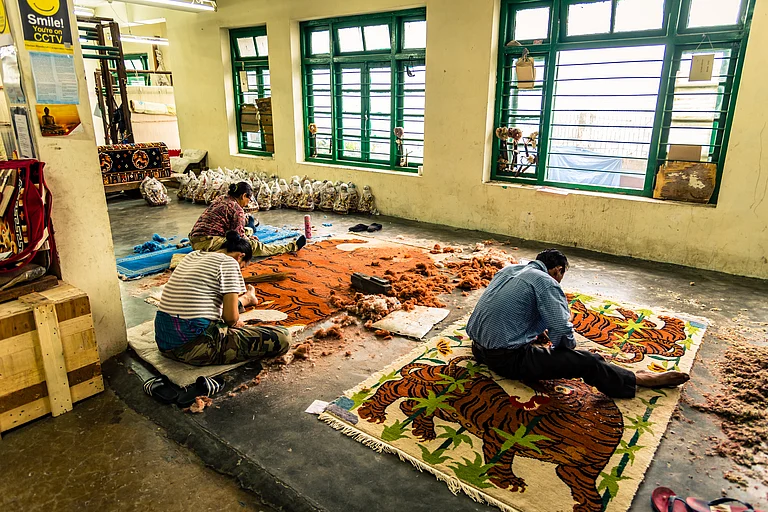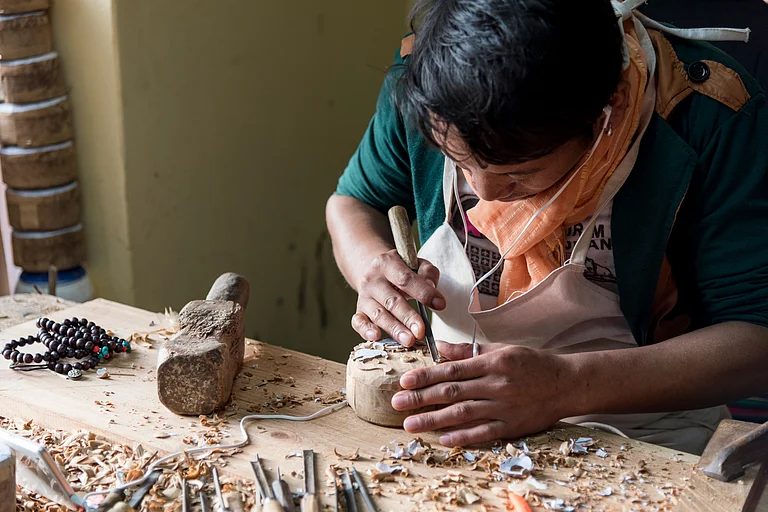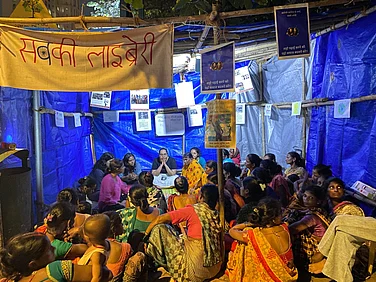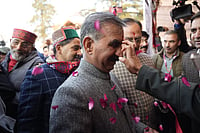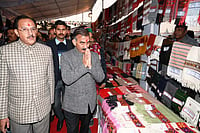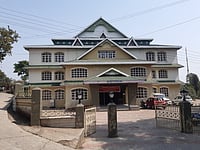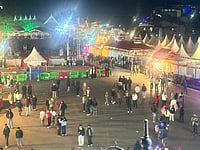Gaiety --- Shimla’s 137-yr old iconic British era theatre stands as a beacon of artistic excellence and rich history of theatrical performances. Designed by English architect Henry Irwin, the world-class venue has always left its theatre performers and audience nostalgic with some of the splendid productions, pre and post Independence.
Some great performers included Nobel Laureate Rudyard Kipling, Prithviraj Kapoor, Balraj Sahni, Shashi Kapoor, Jennifer Kendall, Raj Babbar, Anupam Kher, Naseeruddin Shah, Mohan Rakesh and many others.
Last week on ‘World theatre’ day—the theatre went through dazzling moments on the return of Balwant Thakur, 63, one of India’s creative theatre directors—known for diverse productions. He is also a man with vast exposure and theatre expertise of world-level. Yet, Balwant Thakur holds strong views on promoting and experimenting India's indigenous art forms in theatre and performing art.
A Padmashri awardee in year 2013 for his contributions in the field of Indian theatre, Thakur‘s Shimla connection goes back to 1986-87 when he arrived at Gaiety theatre to work on a unique project commissioned by the state government to produce a mega musical theatre show – ‘Himachal Ki Kahani’.
The work required an extensive research and study of the history and heritage of Himachal Pradesh. In a record time of six months, the task was accomplished, with the creation of a cultural opera with 65 artists drawn from all 12 districts of the state. The production was entirely conceptualised and directed by him.
There were record 100 performances staged through length and width of the state, and also outside to tell the story of Himachal’s cultural heritage, its origin from Vedic era, evolution, creation of Himachal as a separate state, its popular folklores interwoven and narrated through dance performances and traditional music.
It was S N Joshi, a retired IAS and himself a theatre enthusiast, who had roped in Balwant Thakur after he had watched his captivating directorial theatre performance -- ‘Bawa Jitto’, based on real life-story of a legendary folk hero, at Shimla’s Gaiety Theatre.
“Balwant was a young boy at that time but full of enthusiasm, zeal and creativity. His amazing artistic talent in re-creating Himachal’s story on the stage—later performed through the state, mesmerised everyone. The project worked wonders” recalls Joshi, who has served as Director LAC in Himachal Pradesh.
A Reasi (Jammu)-born scholar, who took ‘Dogri’ theatre to international stage has recently returned to the roots in Jammu after serving as India’s cultural diplomat at Port Louis (Mauritius) and Johannesburg (South Africa). Earlier, he had also served as Secretary, Jammu and Kashmir Academy of Art, Culture and Languages. He also established "Natrang"-- an independent theatre group in 1983.
Back in Shimla after almost 37 years as special invitee to release a book on world theatre day—“ Gaiety Theatre ke Rangchar” edited by Bharti Kuthiyala—a woman theatre artist, Balwant described his nostalgia about his days at Gaiety Theatre as a golden period.
He had travelled through the state to do his extensive research, studied history of the state and all art forms to conceptualise the things. Long hours, rigorous rehearsals, workshops and experimentations at Gaiety Theatre went on for six months till the final day’s performance that remains memorable for the town even now.
Aarti Sood, one of artists chosen for "Himachal ki Kahani” recalls how Balwant Thakur created a magic. It was some kind of madness in each and every actor to give his/her best on the stage.
"Balwant ji was not only good at creativity, innovations and theatre but also casting his spell on the public. One incident of putting up a publicity posters in the town to attract audiences for our play—“Poster”, made the city literally crazy. The poster had white space with just one word -- Poster written on it,” says Aarti, who retired as Director, Information and Public Relations in Himachal Pradesh government.
The Gaiety ran a full house show continuously for days because this poster created its magic in the town, everyone wondering what it could be for.
Sharing his experiences, Balwant Thakur quoted two popular examples as how theatre can be marketed and made an integral part of social change with economic benefits.
“There are two places in the world -- Broadway Theatre, New York City and West End, London, which stand out for artistic excellence worldwide. These two theatrical heritages known for the evolution of dramatic art are biggest places of attractions today. Both attract tourists/art lovers from around the globe to experience the magic of live theatre performances every day. Both contribute to the GDP of their countries, besides being the essence of creativity.
I wish Gaiety could have become another such international hub of theatre just as Broadway and West End. Gaiety theatre has potential, history, legacy and locational advantage because Shimla is an internationally famed tourists town. It needs no marketing just a planned action.
"Himachal can work on these lines to hard-sell Gaiety theatre's potential to the world, rope in local talents, theatre veterans and prepare a master plan. I will show how Gaiety can transform the state's tourism economy as Europe has done. We can have a three-year calendar of performances at Gaiety.The people will flock here,” he suggests.
Balwant Thakur is credited for being the youngest theatre director of India, who has participated in over two hundred National Theatre Festivals as a director, which is a record in the country. His outstanding visual poetics on stage like ‘Ghumayee’ ‘Suno Eh Kahani’ and ‘Mahabhoj’ have vibrated the theatre scene of North India.
Bawa Jitto, a premier play, became a much vaunted production. ”I travelled with it to the whole length and breadth of the country and covered the distances from Jammu to Travandrum, Madurai, Kolkata, Bhubaneswar, Bhopal, Jaipur, Jodhpur, Udaipur, Bhilwara, Kota, Lucknow, Nainital, Haryana and Shimla. Later I devised its format and staged its twenty shows in open-air on Indo-Pak borders," he remembers.
Balwant also finds memories in his initiative to revive the age-old theatre tradition of Kashmir ‘Bhand Pather’ – one of the dying traditions in Kashmir. He involved over 1000 traditional Bhand Pather performers, with the help of eminent playwright Moti Lal Kemmu and brought together twenty prominent Bhand Pather groups in Kashmir.
“What I am doing now?" he says "the biggest project in hand is to take the theatre to class-rooms of IIM, IITs and other top institutions of higher learning. Under National Education policy, theatre ( performing art) has been approved as one of the subjects. So, it’s my effort to market the theatre and make it as new medium of communication and expression involving civil society, civil servants, IITians and IIM pass-outs.
"I am regularly holding workshops and lectures in country's top institutions and also been invited at Lal Bahadur Shastri National Academy of Administration, Mussoorie for conducting programmes on performing art,” Balwant Thakur said.








